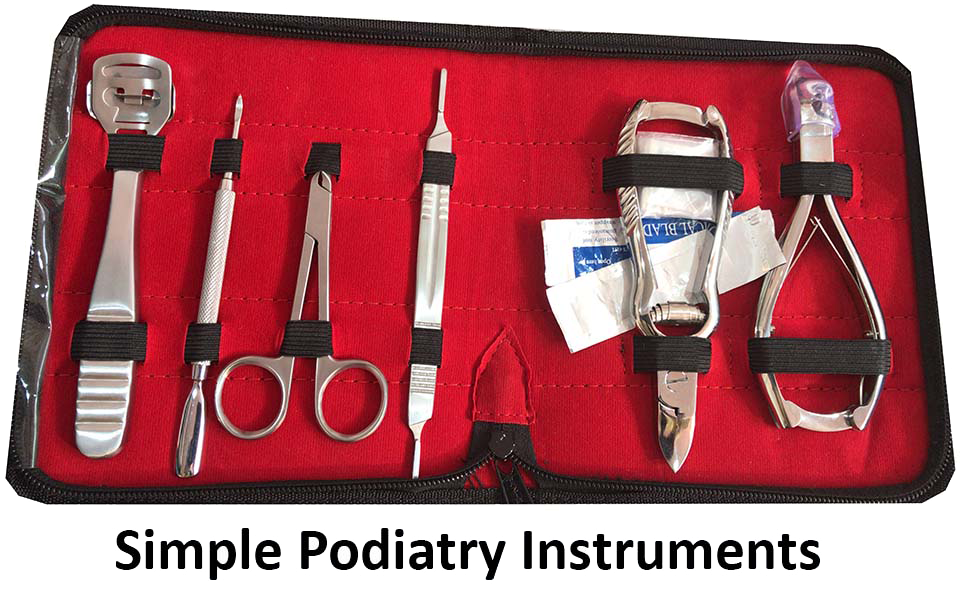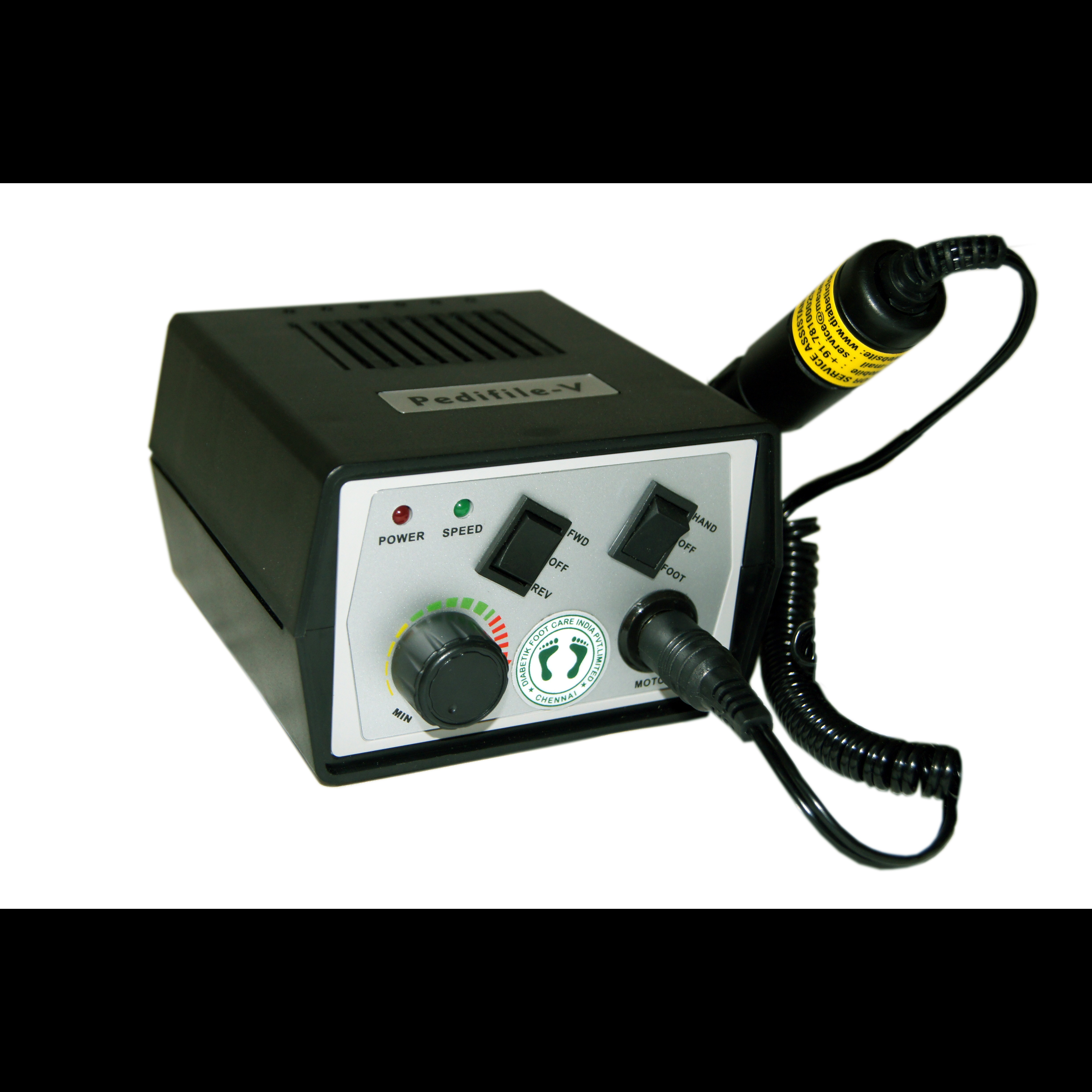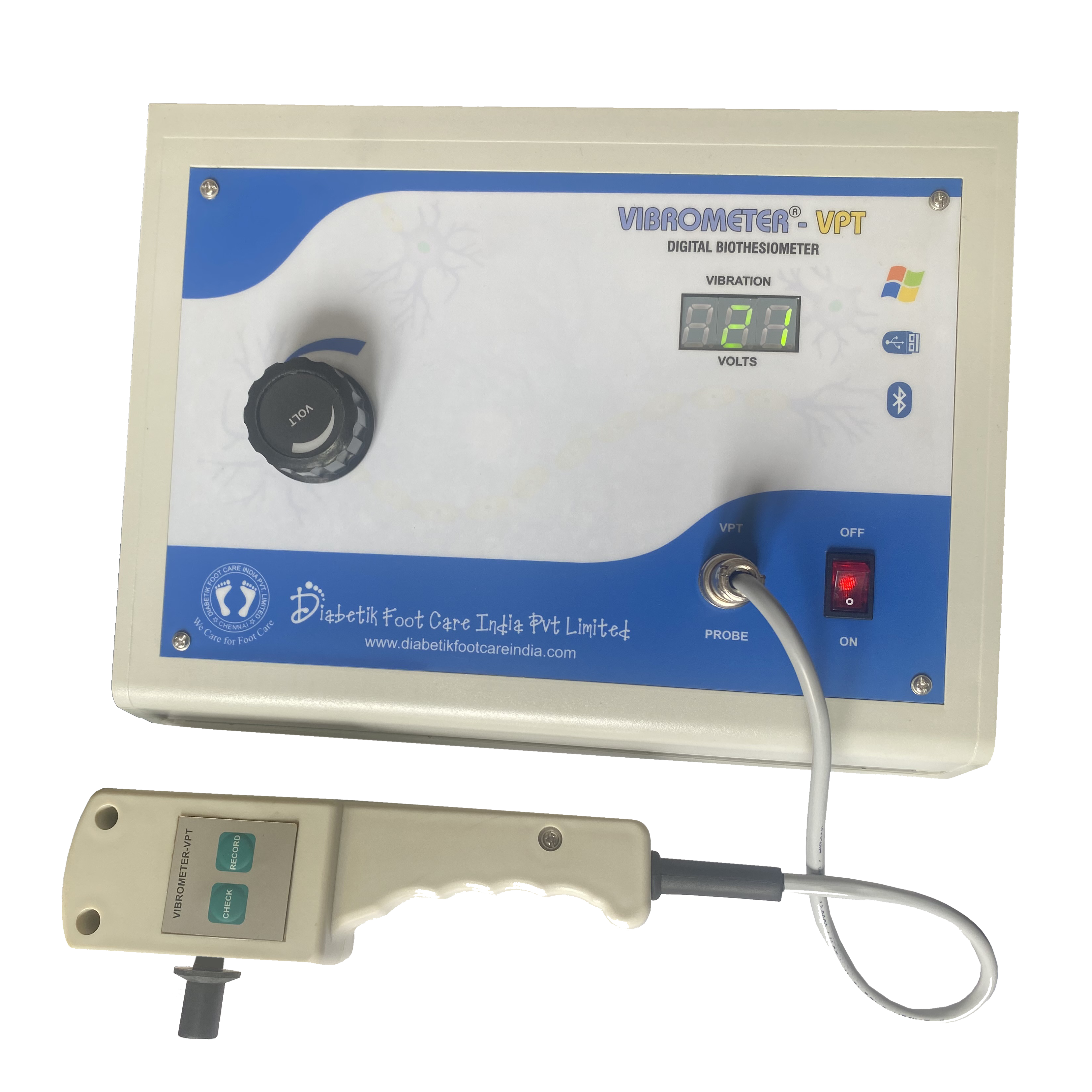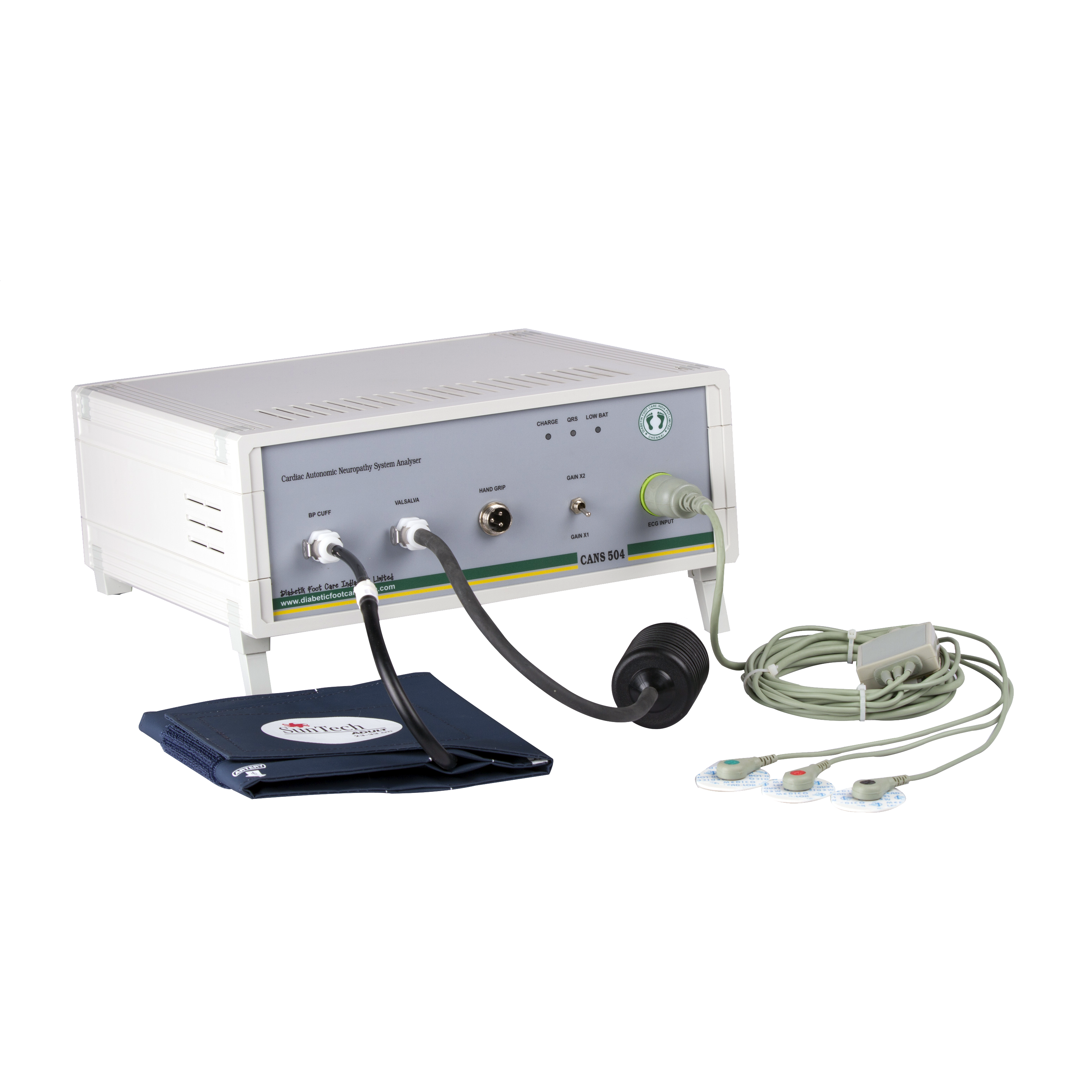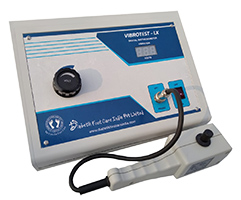
Testing Methods of Neuropathy
Diabetes can result in long-term health complications, with one of the most common being microvascular damage that leads to diabetic neuropathy (DN), that affects multiple body systems and increases amputation risk. A typical form of DN is diabetic peripheral neuropathy (DPN), which is known to be a primary cause of balance issues, sensation loss in the feet, and a major contributor to nontraumatic lower limb amputations. Earlier detection of DPN in at-risk individuals and in those with prediabetes (PD) or type 2 diabetes (T2D) allows for potential better management through optimal intervention and lifestyle changes. Various simple neurological tests have been reported to be used for screening for DPN, some of which have also been combined into composite scoring systems to enhance the accuracy in the detection of DPN.
Semmes‐Weinstein monofilament test (SWMT): The SWMT is a common screening tool for assessing the sensory function and the loss of pressure sensation (light touch perception). A 10 g monofilament test (also referred to the 5.07 monofilament) is the most common in practice.
Biothesiometry: Biothesiometry is a useful non-invasive tool for the detection of subclinical neuropathy in children and adolescents. The Biothesiometer is an instrument which measures the threshold of appreciation of vibration sense and the amplitude of the stimulus (measured in volts) is gradually increased until the threshold of vibratory sensation is reached, and the stimulus is appreciated by the patient. Patients with the threshold >25 volts (grade II) are at a high risk to develop ulcers later. We are a pioneer in the manufacture and export of Digital Biothesiometer and more than 10000+ are supplied to 36 countries.
Keywords
DN
PD
DPN
T2D
feet
volts
export
ulcers
pioneer
patient
The SWMT
accuracy
practice
grade II
stimulus
children
high risk
threshold
amplitude
instrument
prediabetes
manufacture
adolescents
appreciation
36 countries
typical form
primary cause
Biothesiometry
balance issues
sensation loss
amputation risk
vibration sense
Testing Methods
type 2 diabetes
risk individuals
sensory function
Earlier detection
5.07 monofilament
major contributor
lifestyle changes
pressure sensation
The Biothesiometer
vibratory sensation
diabetic neuropathy
microvascular damage
optimal intervention
common screening tool
multiple body systems
10 g monofilament test
light touch perception
subclinical neuropathy
Digital Biothesiometer
useful non-invasive tool
composite scoring systems
potential better management
diabetic peripheral neuropathy
long-term health complications
Various simple neurological tests
Semmes‐Weinstein monofilament test
nontraumatic lower limb amputations

